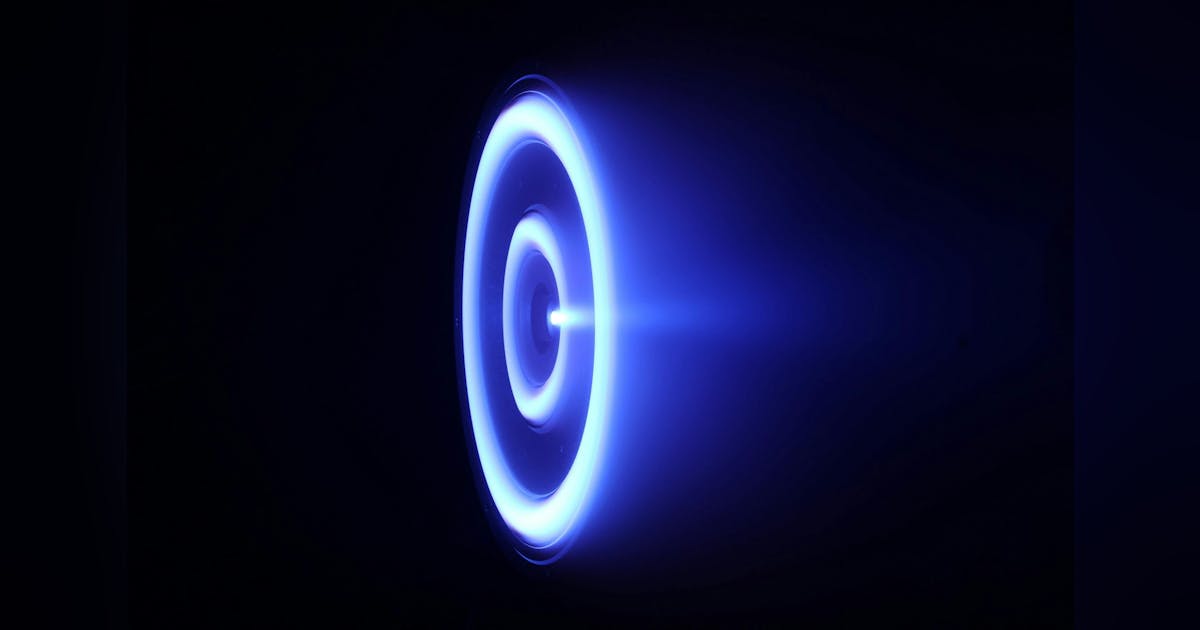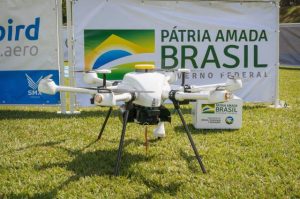K2 Space Achieves Major Milestone: Successful In-Space Demo and Test Firing of 20kW Hall-Effect Thruster
In the realm of space propulsion technology, breakthrough events such as this one highlight key moments of progress: K2 Space, a notable figure in the commercial satellite sector, has triumphantly completed an in-space demonstration coupled with a test firing of its proprietary 20kW Hall-effect thruster. This achievement not only ushers in advancements in propulsion but also marks a transformative era for modern satellite capabilities, promoting greater efficiency, enhanced maneuverability, and innovative mission possibilities.
Understanding Hall-Effect Thrusters and the Importance of 20kW
Hall-effect thrusters are a type of electric propulsion system that propels ions by utilizing a synergy of electric and magnetic fields, ejecting them at elevated speeds to produce thrust. Unlike chemical rockets that focus on sheer force but have finite lifespans, electric thrusters offer prolonged and efficient propulsion ideal for long-duration orbits and deep-space missions.
The 20kW power leap is significant for Hall-effect thrusters. Typically, commercial systems range from 1-5kW. K2 Space’s model is not just a marginal improvement but “four times more powerful than any comparable system previously flown,” as reported in industry discussions. This advance opens doors to mission profiles and satellite designs that were previously unattainable.
Key Specifications
- Propellant: Krypton, chosen for its cost-effectiveness and performance.
- Performance: Facilitates swift orbit raising, supporting satellite movement from Low Earth Orbit (LEO) to higher orbits, such as Medium Earth Orbit (MEO) or Geostationary Orbit (GEO).
- Efficiency: Thruster efficiency can achieve up to 60%, with a specific impulse (Isp) near 2700 seconds at peak performance.
The K2 Space Vision: High Power, Cost Efficiency, and Rapid Development
The innovation at K2 Space extends beyond mere propulsion power. Their strategy reflects a













